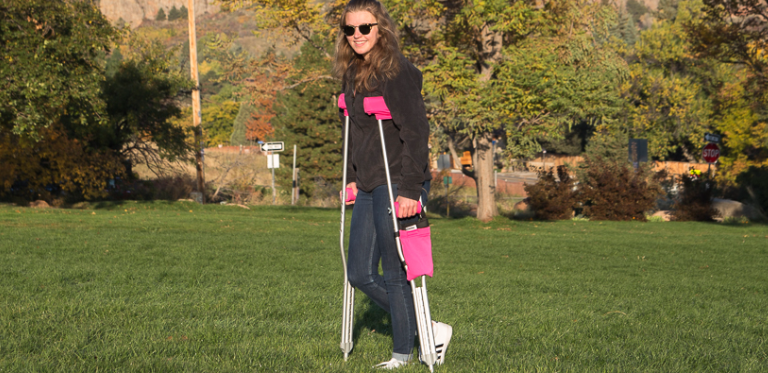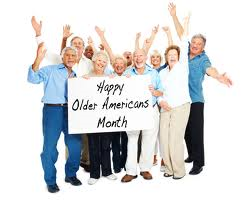As a growing a evolving population, we have showed how we can extend a life and keep everyone healthier and stronger year by year. The proof is in the numbers.
In 1963, President John F. Kennedy met with the National Council of Senior Citizens which resulted in dedicating the month of May as Senior Citizens Month. This was done because they recognized that 17 million people had reached their 65th birthday, and very few programs existed to meet their needs as they aged. A change was made to accommodate a growing population and was projected to increase in number exponentially in the future.
U.S. Census projections indicate that by 2050, 86.7 million people will be aged 65 or more years. This age group would comprise 21 percent of America's projected total population at that time. In 1980, President Jimmy Carter designated May as Older Americans Month, a time to celebrate the achievements and contributions of older persons to the enrichment and defense of America, particularly those who served in the military.
This year’s theme is “Safe Today. Healthy Tomorrow.” Older adults have a higher risk of injury, especially from falls, than other age groups. Use this month to create awareness of this critical safety issue. To bring this message to your community, the Administration for Community Living has a number of items to check out by clicking here . Visit the website for banners, logos, safety tip sheet and other materials to raise safety awareness and display the “Safe Today. Healthy Tomorrow” message in your facility and at scheduled events.
|
Monday, May 19, 2014
The month of May is dedicated to Older Americans
Monday, May 12, 2014
May is Osteoporosis month, but what is Osteoporosis and who is affected?
Osteoporosis is a disease that
weakens bones over a period of time and affects approximately 57 Americans,
according to the National Osteoporosis Foundation. The weakening and thinning
of bones could put a person in risk of breaking bones or causing other skeletal
issues. Most commonly women are usually affected after going through menopause
because the cells in the body that is responsible for removing old bone are
operating at a much faster rate than the cells responsible for rebuilding new bone
and it is easily untreated because of its painless nature until a fracture
occurs.
Though women of a certain age group are at higher risk, all are at risk for this disease. People tend to have a misguided interpretation of osteoporosis which is equated to frail and fragile bones affecting only the elderly and not the younger and active community. Osteoporosis affects a wide range of people and could quickly alter one’s lifestyle. Luckily this disease is treatable and treatment can help an individual maintain a healthy and active lifestyle without a high risk of fracture or interruption in activities.
Support the awareness campaign that
was launched by the National Osteoporosis Foundation this May for National
Osteoporosis Month. This campaign is entitled “Break Free from Osteoporosis”
and it encourages people to learn the risk factors of the disease and make
changes in their own life to build stronger bones.
Click here to learn more about this disease and the ways
to reduce the chance of you getting osteoporosis or how to limit its affects.
Subscribe to:
Posts (Atom)


